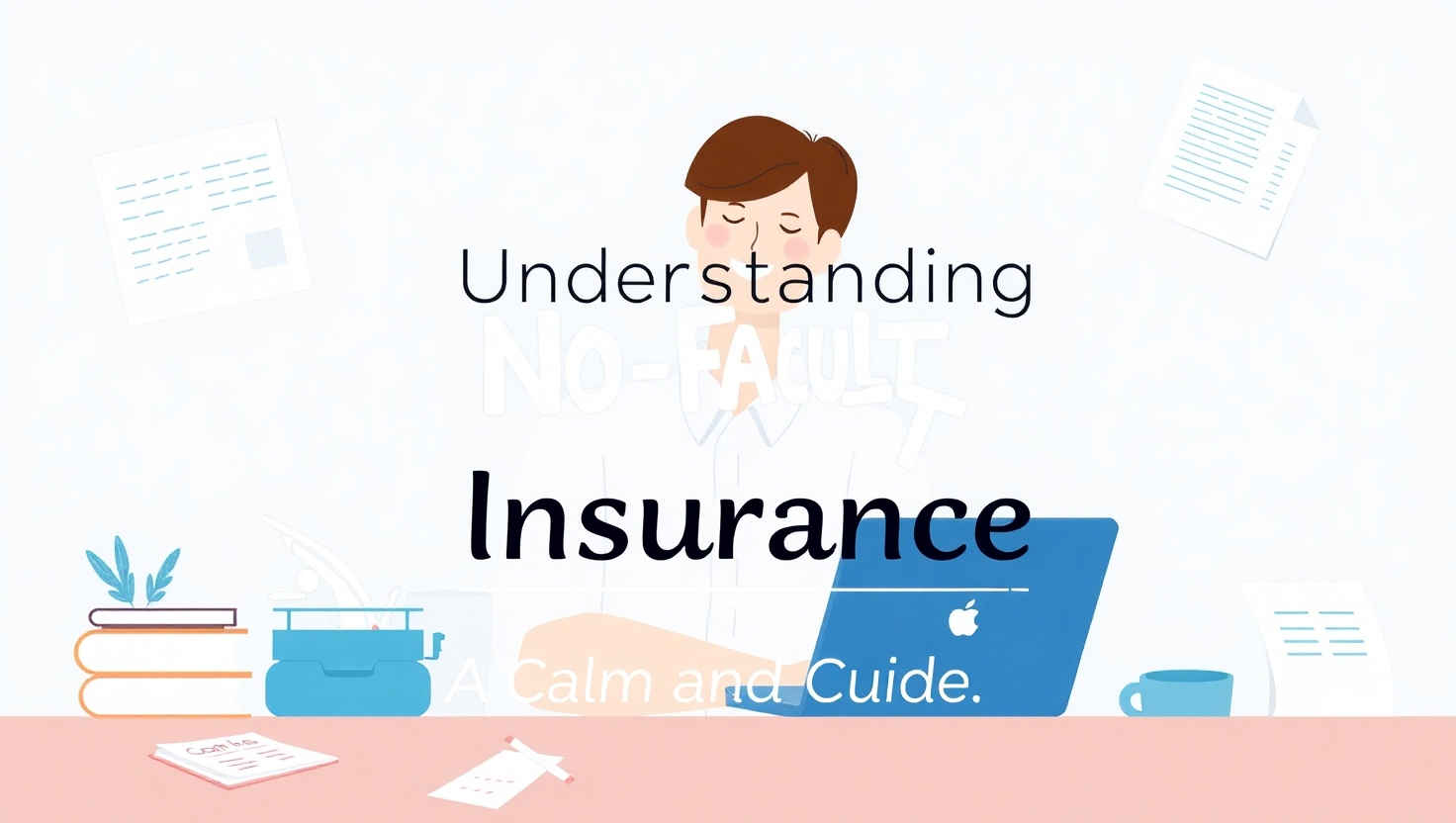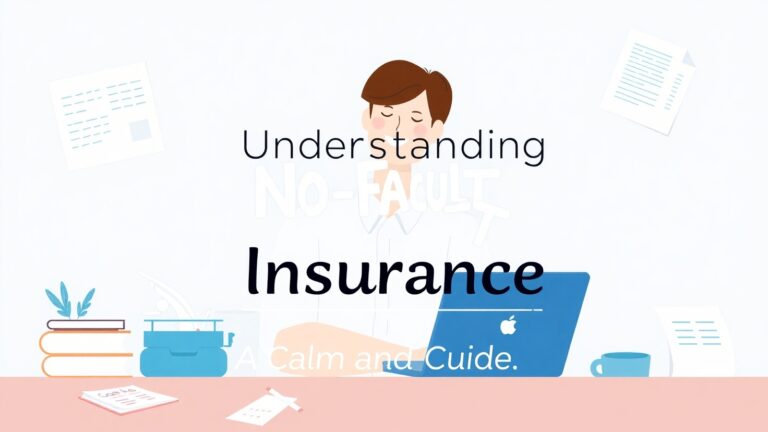Understanding No-Fault Insurance: A Calm and Clear Guide
Navigating the world of auto insurance can sometimes feel overwhelming, especially when terms like “no-fault insurance” come into play. If you’ve ever wondered what no-fault insurance means and how it affects you as a driver, you’re not alone. This guide will walk you through the basics in a simple, reassuring way—so you can feel more confident about your coverage.

What Is No-Fault Insurance?
No-fault insurance is a type of auto insurance system designed to simplify the claims process after an accident. In a traditional fault-based system, the driver who caused the accident (or their insurer) is responsible for covering the other party’s medical expenses and damages. However, under no-fault insurance, each driver’s own insurance policy pays for their medical bills and related expenses—regardless of who was at fault.
The primary goal of no-fault insurance is to reduce legal disputes and speed up compensation for injuries, allowing drivers to focus on recovery rather than lengthy claims battles.
How No-Fault Insurance Works
- Coverage for Medical Expenses – After an accident, your own insurance (specifically, Personal Injury Protection or PIP) covers medical bills for you and your passengers, up to your policy’s limits.
- Limited Lawsuits – In most no-fault states, you can only sue the other driver for severe injuries or if expenses exceed a certain threshold. This helps prevent unnecessary litigation.
- Property Damage Claims – No-fault insurance typically doesn’t cover vehicle repairs. Liability insurance still handles damage to other cars or property if you’re at fault.
States with No-Fault Insurance
Not all states follow a no-fault system. Currently, these states have some form of no-fault insurance laws:
- Florida
- Michigan
- New Jersey
- New York
- Pennsylvania
- Hawaii
- Kansas
- Kentucky
- Massachusetts
- Minnesota
- North Dakota
- Utah
If you live in one of these states, your auto insurance policy likely includes PIP coverage.
Pros and Cons of No-Fault Insurance
Benefits
✔ Faster Payouts – Since fault doesn’t need to be determined, claims are processed more quickly.
✔ Reduced Legal Hassles – Fewer lawsuits mean less stress and court involvement.
✔ Guaranteed Medical Coverage – Regardless of fault, you know your medical bills will be covered (up to policy limits).
Drawbacks
✖ Higher Premiums – No-fault systems can lead to increased insurance costs due to frequent claims.
✖ Limited Right to Sue – If you suffer severe injuries, you may face restrictions on seeking additional compensation.
✖ Varied State Laws – Rules differ by state, making it important to understand your local regulations.
Is No-Fault Insurance Right for You?
If you live in a no-fault state, you’ll need PIP coverage as part of your auto insurance policy. Even if you’re in an at-fault state, understanding no-fault insurance can be helpful—especially if you travel frequently or move between states.
The best approach is to review your policy with your insurance provider, ask questions, and ensure you have the right coverage for your needs.
Final Thoughts
No-fault insurance exists to create a smoother, more efficient claims process after an accident. While it has its trade-offs, the system aims to reduce conflict and provide timely support when you need it most.
If you’re unsure about your coverage, take a deep breath and reach out to your insurer. A quick conversation can bring clarity—and peace of mind—knowing you’re protected on the road.
Would you like help understanding another insurance topic? Let us know in the comments—we’re happy to help.
